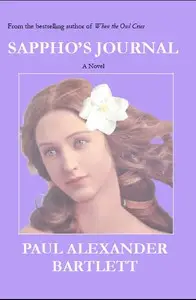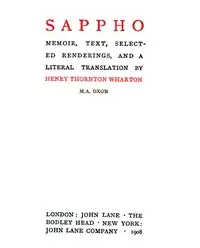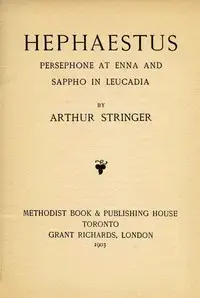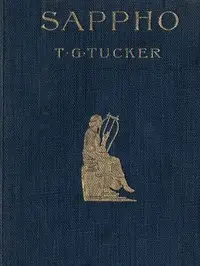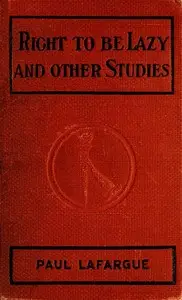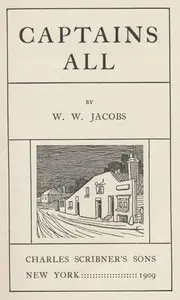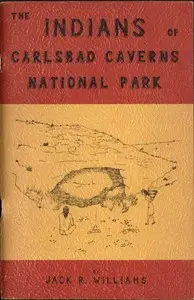"Sappho: A New Rendering" by H. De Vere Stacpoole is a collection of poems that reimagines the writing of Sappho. The writing brings ancient fragments to life, exploring love, nature, and the human spirit. Through lyrical verse, Stacpoole shows Sappho’s feelings - the joy of love, the fading of youth, and thoughts about life. Readers explore Sappho’s world, where each verse reflects her lasting voice and the timeless beauty of being human.

Sappho: A New Rendering
By Sappho
Lost voices of love and longing echo through time, revived in poetic form.
Summary
About the AuthorSappho was an Archaic Greek poet from Eresos or Mytilene on the island of Lesbos. Sappho is known for her lyric poetry, written to be sung while accompanied by music. In ancient times, Sappho was widely regarded as one of the greatest lyric poets and was given names such as the "Tenth Muse" and "The Poetess". Most of Sappho's poetry is now lost, and what is extant has mostly survived in fragmentary form; only the Ode to Aphrodite is certainly complete. As well as lyric poetry, ancient commentators claimed that Sappho wrote elegiac and iambic poetry. Three epigrams formerly attributed to Sappho are extant, but these are actually Hellenistic imitations of Sappho's style.
Sappho was an Archaic Greek poet from Eresos or Mytilene on the island of Lesbos. Sappho is known for her lyric poetry, written to be sung while accompanied by music. In ancient times, Sappho was widely regarded as one of the greatest lyric poets and was given names such as the "Tenth Muse" and "The Poetess". Most of Sappho's poetry is now lost, and what is extant has mostly survived in fragmentary form; only the Ode to Aphrodite is certainly complete. As well as lyric poetry, ancient commentators claimed that Sappho wrote elegiac and iambic poetry. Three epigrams formerly attributed to Sappho are extant, but these are actually Hellenistic imitations of Sappho's style.


